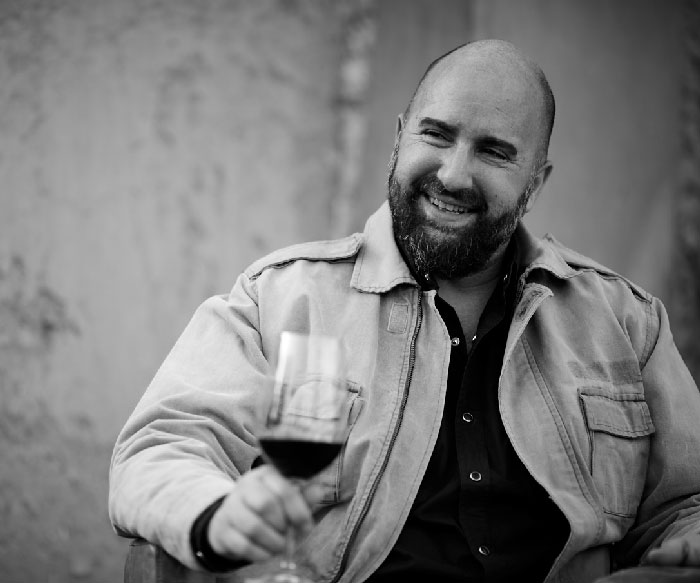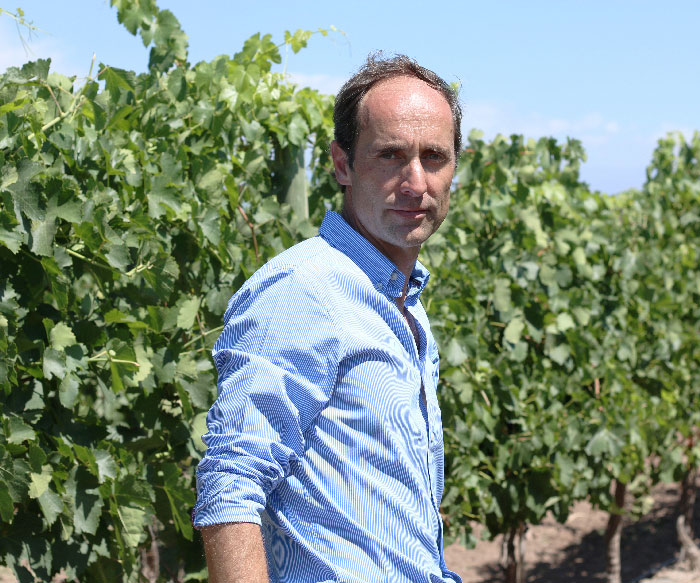
Sergio Eduardo Casé
Chief Winemaker
Sergio Eduardo Casé, current Chief Winemaker at Trapiche, has worked in the company since 2000.
As a fourth-generation member in a family devoted to winemaking, he took his first steps into the business at the age of 13 at his father’s side, making sparkling wine in Mendoza. Driven by his passion for wines, he got a degree in winemaking, in addition to taking many courses on vinegrowing and oenology.
His career has granted him the opportunity to pursue a variety of experiences abroad, working in such prestigious winemaking regions as Pommerol, Bordeaux, Champagne, Châteauneuf-du-Pape and Languedoc-Roussillon, in France; Tuscany, in Italy; and Napa Valley in the United States.
After years of hard work and strong commitment to their task, Sergio and his team have made it to the top of the list of key opinion leaders worldwide, which has led Trapiche to be the only Argentine winery to be included in the The World’s Most Admired Wine Brands ranking by the internationally renowned magazine Drinks International.


